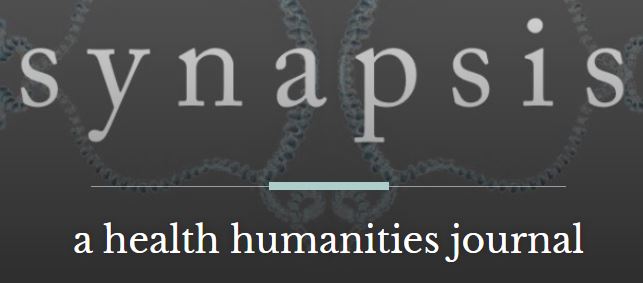
Second Floor Common Room,
Heyman Center for the Humanities
The Institute for Comparative Literature and Society, the South Asia Institute, and Global Cultural Studies
Shahid Amin (History, University of Delhi) in conversation with:
- Vazira Fazila-Yacoobali Zamindar (Associate Professor, History, Brown University)
- Manan Ahmed (Assistant Professor, History, Columbia University)
- Moderated by Gayatri Chakravorty Spivak (University Professor, Columbia University).
About the Speaker
Professor Shahid Amin received his D.Phil. from Oxford University and is currently Professor of History at the University of Delhi. Among his publications are Event, Metaphor, Memory: Chauri Chaura, 1922-1992(1995) and Writing Alternative Histories: A View from India (2002). He is the editor of A Concise Encyclopedia of North Indian Peasant Life (2005), the co-editor, with Gyan Pandey, of Nimnvargiya Itihas, Bhag Ek, Bhag Do (1994, 2001), and has also written the Hindustani dialogues of the feature film Karvan, directed by Pankaj Butalia.
About “Conquest and Community: The Afterlife of Warrior Saint Ghazi Miyan”
Conquest and Community tells the story of the Indo-Turkic warrior saint Ghazi Miyan and his influential cult in the Gangetic plains. A purported nephew of Mahmud of Ghazni, Ghazi Miyan was supposedly martyred in holy war against Hindu kings near Bahraich in modern-day Uttar Pradesh in 1034 CE. Conspicuously absent from contemporary Persian chronicles about his famous uncle, he is, nevertheless, the subject of glowing hagiographies from the seventeenth century onwards, as well as an oral folkloric tradition, which thrives to this day. His cult continues draw pilgrims of varying castes, both Muslim and Hindu, from all over northern India to his shrine in Bahraich. Shahid Amin studies the history and growth of this cult and its manifestations in the tales people tell, the ballads they sing, the shrines they visit and the hagiographies they have written. He also addresses the disquiet and criticism the cult has provoked in both orthodox Hindu and Muslim quarters, for Ghazi Miyan is a complex, sometimes troubling figure, an amalgam of different traditions and tropes that do not always coexist easily. He features in text and folklore both as a pious iconoclast, who smashes Hindu idols and also as a staunch protector of cows and cowherds, a putative brother to Hindu women, and a connoisseur of things Indic from pan to the humble mahua tree.







